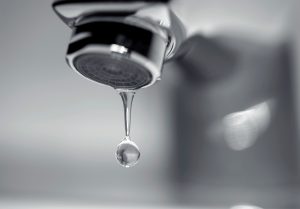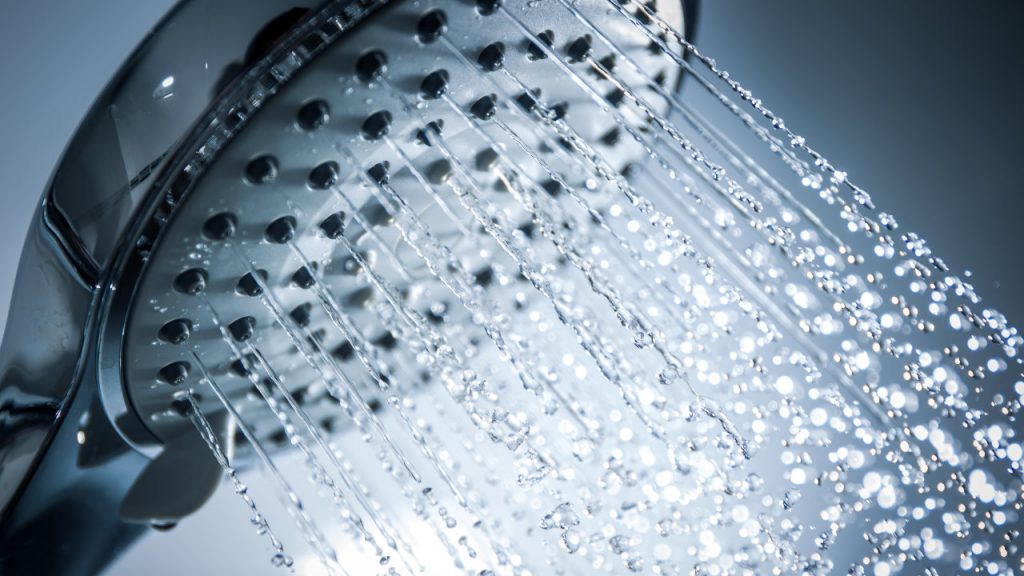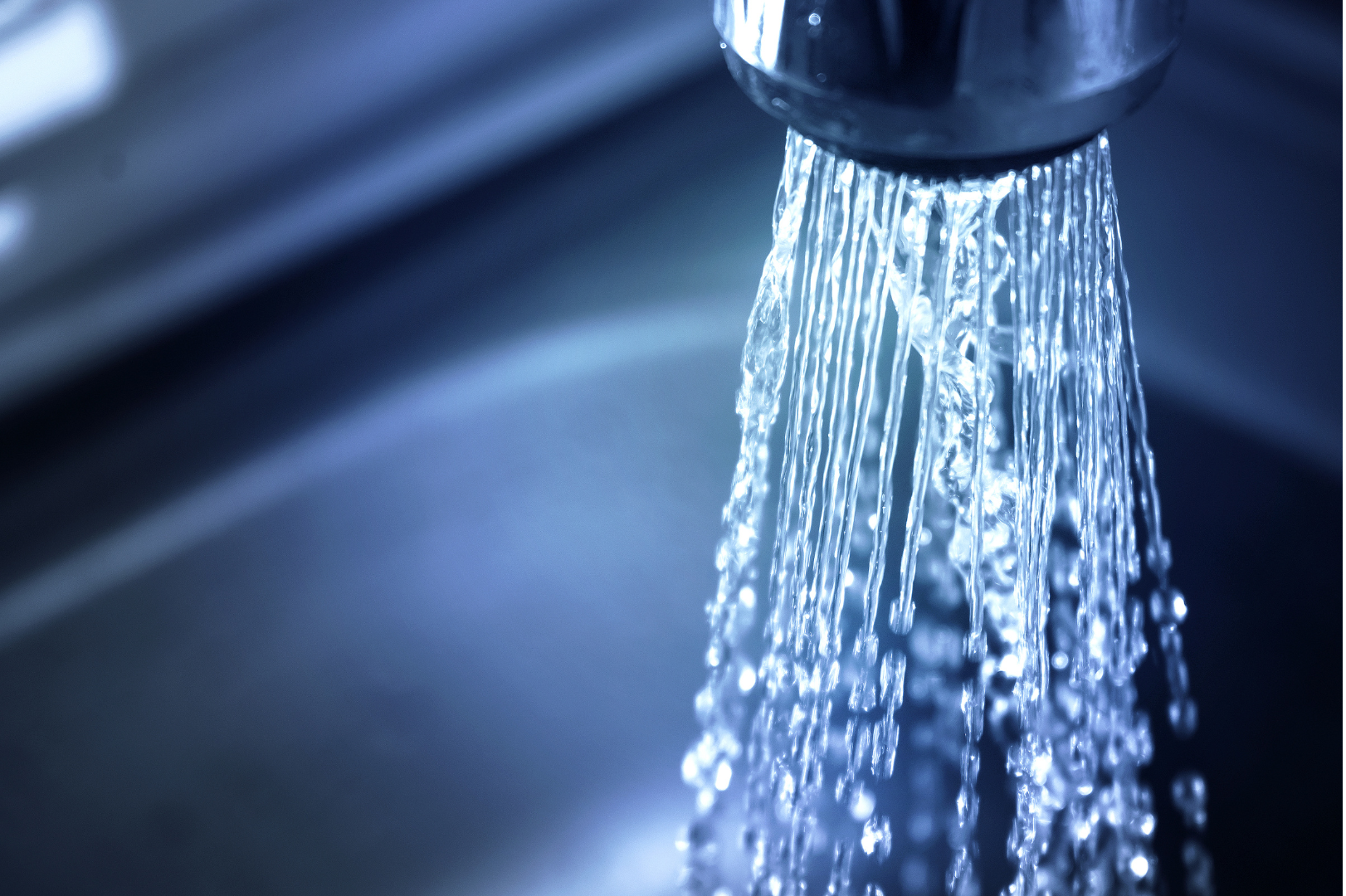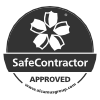Legionella Management: What is a Clean and Disinfection?
The cleaning and disinfection of hot and cold-water storage vessels and down services is a common remedial action in systems which show evidence of contamination or colonisation with Legionella bacteria. But, do you know what constitutes a ‘good’ clean and disinfection of a Hot and Cold-water system? Is it compliant with the appropriate standards? How and when should verification of the disinfection’s effectiveness be completed?

Author
The article was written by Kris Rowland, our Head of Technical, Training and Compliance. Kris has more than 20 years of experience in the industry and is responsible for monitoring our clients’ compliance.
Sign up to our newsletter
Keep up to date with the world of water treatment
In this article we will be taking a holistic look at the disinfection process as documented in HSG274 Part 2 and PD855468:2015 as well as considering additional steps and measures with the aim of improving the outcome for ‘end users’ (typically building owners, operators and Responsible Persons).
Read Part 1: The Clean Here.

Legionella Management: What does a ‘good’ disinfection look like?
Fortunately, there is an abundance of information regarding disinfection by the use of Chlorine, also known as Chlorination in both guidance documents. When reading HSG274 Part 2 and PD855468 on the subject of disinfection you will notice that only ‘Chlorination’ is described in detail, though both documents do note that other disinfectants may be used where their efficacy has been proven. That being the case, Chlorination is often the first method attempted to remove Legionella colonisation of a hot and cold-water system. But what factors should be considered when conducting a disinfection using Chlorine?
Let’s tackle the following points in sequence to understand their relevance and potential impact on the effectiveness of a Chlorination:-
- The materials present in the water system, are they susceptible to certain concentrations of Chlorine?
- The pH of the water in the system, has the chemical contact time been sufficient and is it suitable to even attempt a disinfection using Chlorine?
- What is an acceptable concentration of Chlorine to demonstrate that an effective disinfection has taken place?
- Have enough ‘key’ assets or locations been identified to demonstrate that the whole water system being chlorinated has been sufficiently disinfected?
- What condition should the water system be left in following a disinfection and how should it be operated?
Materials In Your Water System
Some may view a ‘good’ Chlorination as one where a concentration of 100mg/l or higher has been achieved, however is this really the case? PD855468:2015 states that ‘it is necessary to avoid exceeding 50mg/l to avoid corrosion risks to copper or deterioration of non-metallic materials’ so straight away if our systems contain these materials a Chlorination concentration in excess of 50mg/l can cause permanent damage to the water system components and increase the likelihood of not only replacing components earlier in their lifecycle than expected but also lead to environmental conditions favourable to the growth of micro-organisms within the water system. It is important that ‘end users’ be cautious when organisations recommend Chlorination concentrations in excess of 50mg/l and challenge them on their rationale for doing so.
The pH Level In Your Water System
The pH of the water in which the Chlorine is to be added plays a significant role in the effectiveness of the Chlorination as when Sodium Hypochlorite (the more common Chlorine product used) is added to water it dissociates into two products, those being Hypochlorous acid and Hypochlorite ions, while both have biocidal properties it is the Hypochlorous acid which is the most effective disinfecting agent. Where the pH of the water is greater than 7.6 less Hypochlorous acid is produced when the Sodium Hypochlorite is added and therefore both HSG274 Part 2 and PD855468:2015 indicate that the contact time of the disinfection should be increased to allow for the reduced concentration of Hypochlorous acid. In practice this can mean a disinfection attempted on water with a pH value of >7.6 could be extended significantly, sometimes in the order of ‘hours’ where the pH is notably greater though this is not recommended in HSG274 Part 2, info box 2.7.
Chlorine Concentration In Your Water System
We’ve already touched on the upper limit of Chlorination being 50mg/l but what about a lower limit, when does the concentration of Chlorine become too low to be seen as ‘effective’. The answer to this question can be found in PD855468:2015 where it states systems should be ‘dosed at 50 mg/l (50 ppm) for a minimum contact period of one hour, at the end of which the concentration should be not less than 30 mg/l (30 ppm) (or 40% drop in concentration) free residual chlorine. If the concentration of the Chlorine has decreased by 40% or more during the disinfectant contact time, then this can be an indication of significant presence of biological fouling, with the process being seen as ineffective resulting in the disinfection requiring to be completed again.
Identifying Key Assets & Locations
Demonstrating a compliant disinfection requires evidence that the required concentration of Chlorine has reached all parts of the target water system, to achieve this it stands to reason that only recording a single nearest and furthest outlet may not be sufficient where a complex water system is concerned, especially where the disinfection is being undertaken over multiple floors of a building which themselves have nearest and furthest ‘key’ assets. So, for example if disinfecting the hot and cold water system of a three storey building, you would expect to see a nearest and furthest ‘key’ asset for each floor and type of water system, so at least six testing locations that would require a Chlorine concentration using a ‘quantitative’ test recording at the start and finish of the disinfection process. In addition to this the remaining outlets must be tested for the presence of Chlorine using a ‘qualitative’ test to ensure the disinfectant has reached all water ‘draw off’ points.
The Condition Of Your Water System Following A Disinfection
It is of ‘vital’ importance that ‘end users’ (building owners, operators and Responsible Persons) discuss these points with the organisation undertaking the disinfection on their behalf, to assure themselves that a compliant disinfection process has taken place, especially in scenarios where at the end of the disinfection process a significant drop in the concentration of the Chlorine has been recorded as this may indicate that further work may be required.

Do You Need Clean & Disinfection Training?
Do you understand the effects of pH on the disinfection? Do you know when validation or verification sampling should be carried out?
Our clean and disinfection course is for anybody working with or on water systems in a building. If clean and disinfections are a mystery to you, or you want to stay up-to-date with the current guidance on C&Ds then why not join us on our Enhanced Clean and Disinfection training course.











